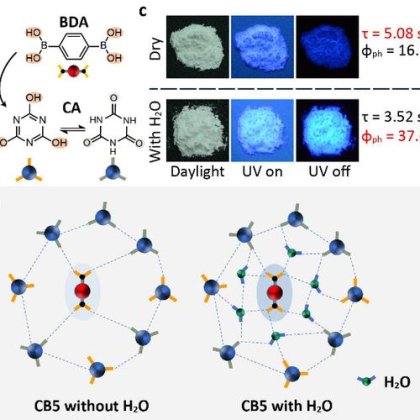106341-03-1
Trimethylchloromethylammonium bromide
Purity: ≥98.0%
Synonyms: Trimethylchloromethylammonium bromide, TMCMABr
CAS number: 106341-03-1
Molecular formula: C4H11BrClN
Molecular weight: 188.49
Remarkable Enhancement of Piezoelectric Performance by Heavy Halogen Substitution in Hybrid Perovskite Ferroelectrics
Chen, Xiao-Gang; Tang, Yuan-Yuan; Lv, Hui-Peng; Song, Xian-Jiang; Peng, Hang; Yu, Hang; Liao, Wei-Qiang; You, Yu-Meng; Xiong, Ren-Gen [Journal of the American Chemical Society, 2023, vol. 145, # 3, p. 1936 - 1944]
Abstract
Piezoelectric materials that enable electromechanical conversion have great application value in actuators, transducers, sensors, and energy harvesters. Large piezoelectric (d33) and piezoelectric voltage (g33) coefficients are highly desired and critical to their practical applications. However, obtaining a material with simultaneously large d33 and g33 has long been a huge challenge. Here, we reported a hybrid perovskite ferroelectric [Me3NCH2Cl]CdBrCl2 to mitigate and roughly address this issue by heavy halogen substitution. The introduction of a large-size halide element softens the metal-halide bonds and reduces the polarization switching barrier, resulting in excellent piezoelectric response with a large d33 (∼440 pC/N), which realizes a significant optimization compared with that of previously reported [Me3NCH2Cl]CdCl3 (You et al. Science2017, 357, 306-309). More strikingly, [Me3NCH2Cl]CdBrCl2 simultaneously shows a giant g33 of 6215 × 10-3 V m/N, far exceeding those of polymers and conventional piezoelectric ceramics. Combined with simple solution preparation, easy processing of thin films, and a high Curie temperature of 373 K, these attributes make [Me3NCH2Cl]CdBrCl2 promising for high-performance piezoelectric sensors in flexible, wearable, and biomechanical devices.
Competitive Halogen Bond in the Molecular Ferroelectric with Large Piezoelectric Response
Liao, Wei-Qiang; Tang, Yuan-Yuan; Li, Peng-Fei; You, Yu-Meng; Xiong, Ren-Gen [Journal of the American Chemical Society, 2018, vol. 140, # 11, p. 3975 - 3980]
Abstract
Molecular piezoelectrics are attracting tremendous interest because of their easy processing, light weight, low acoustical impedance, and mechanical flexibility. However, reports of molecular piezoelectrics with a piezoelectric coefficient d33 comparable to piezoceramics such as barium titanate (BTO, 90-190 pC/N) have been scarce. Here, we present a uniaxial molecular ferroelectric, trimethylchloromethylammonium tribromocadmium(II) (TMCM-CdBr3), in which the halogen bonding might be a possible critical point for the stabilization of one-dimensional (1D) {CdBr3}- chain and further reservation of its ferroelectricity in such organic-inorganic hybrid crystalline systems. It has a large d33 of 139 pC/N, 1 order of magnitude higher than those of most classically uniaxial ferroelectrics such as LiNbO3 (6-16 pC/N) and Rochelle salt (∼7 pC/N), and comparable with those of multiaxial ferroelectrics such as BTO and trimethylbromomethylammonium tribromomanganese(II) (112 pC/N). Moreover, the simple single-crystal growth and easy-to-find polar axis enable it to hold a great potential for applying in the single-crystal form. In light of the strong, specific, and directional halogen-bonding interactions, this work provides possibilities to explore new classes of molecular piezoelectrics and contribute to further developments.
| Characteristic 1 | Cl |
| Characteristic 2 | NH3 |













